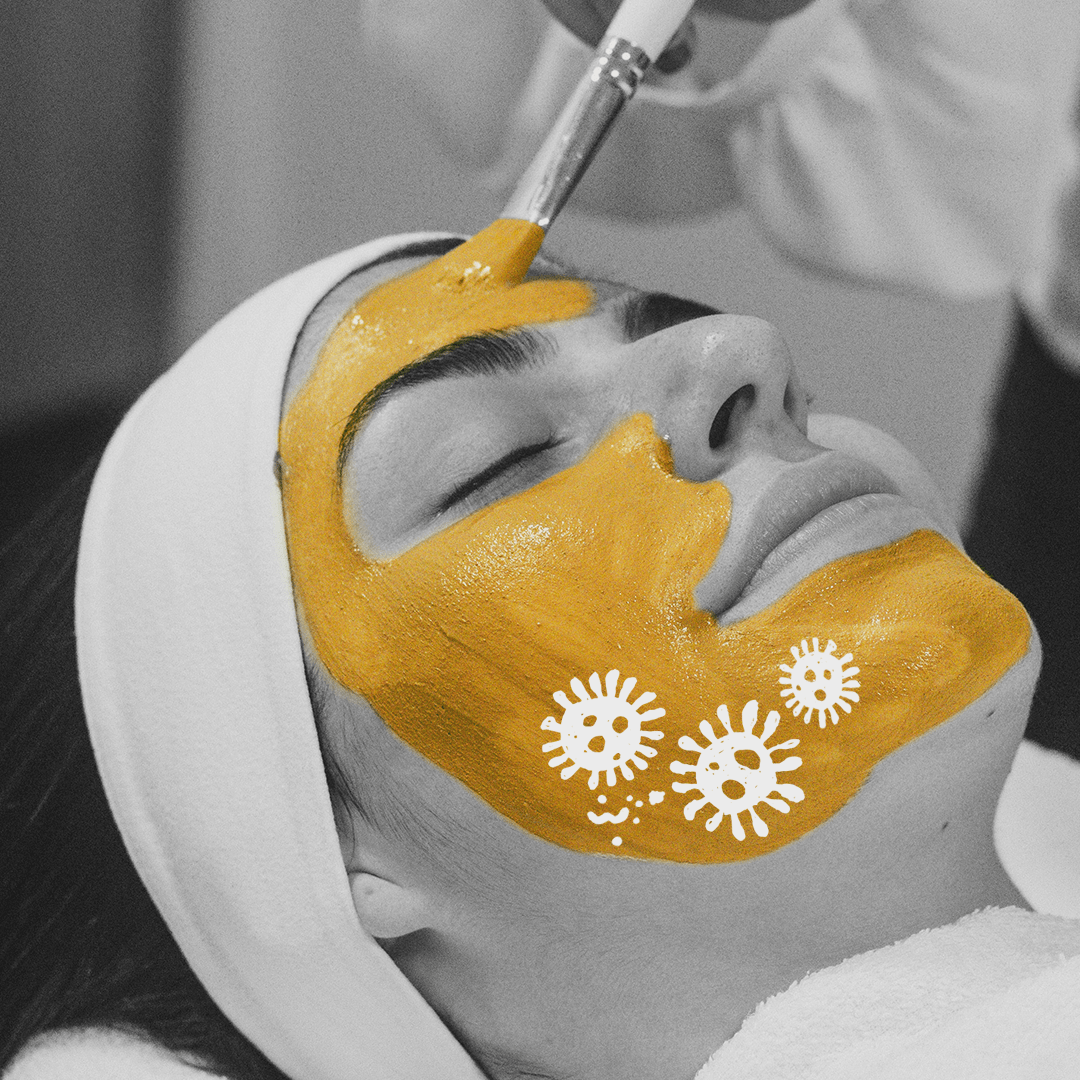The beauty and personal care landscape is facing a sizeable shift. Catalysed by several different factors – including sustainability, digitalisation and advancement in scientific know-how – we’re seeing transformational changes across the industry. The global microbiome trend and appetite for microbiome-based products is one significant example of scientific progress. But just how much does the outlook for the skin microbiome differ across markets? We spoke to four professionals within the space – from dermatologists to brand owners – to understand how consumers are responding, and what they are expecting, as the scientific development of the microbiome evolves.
The development in our understanding of the skin microbiome promises tailored solutions to our skins’ needs. As our recent article by Mintel revealed, mentions of the word ‘microbiome’ in global skincare launches increased 130% between 2018 and 2019. This goes hand in hand with the ever-curious consume. The consumer that demands transparency and clarity from brands about what ingredients they are putting on their skin, and are also increasingly questioning what ingredients do to our skin – including what it does to our skin microbiome .
At the same time, there are reports of increasingly localized solutions catered to consumers’ habits, needs and wants. In Asia-Pacific, anti-ageing remains a key trend, accounting for a quarter of all launches. Exploring this further, the nuances appear. In India, the anti-ageing trend is focused on hair – how to keep them dark -, thanks to the naturally high melanin content in Indian skin[1]. To take another example, the French are famed for their high skincare expenditure (and youthful looks) compared to their British counterparts.
The question however remains: are these local trends reflected in the research and development of the microbiome-based products. We spoke to four professionals to find out their views on the microbiome trends: Dr Giorgio Dell’Acqua, Founder of Dellacqua Consulting in New Jersey; Dr Johanna Gillbro, skin scientist based in Sweden and author of The Scandinavian Skin Care Bible; Ginger Zhang, Manager at Yanantang Culture & Media of Greater China; and finally Dr Michele Pereira, founder of Laviza Cosmetica, a microbiome-based beauty company in Brazil.
Global perceptions of the skin microbiome
A universal perception is that there is a growing understanding around the skin microbiome, but we are still much in need of further education – for professionals and consumers alike. Understanding of the skin microbiome is still nascent with a relative lack of research, compared, for example, to the microbiome in the gastrointestinal-tract. Dr Dell’Acqua stresses that even “cosmetic scientists don’t fully grasp the reality of it [the skin]” – arguably to be expected as this is such new territory and we are continually furthering our understanding.
 Dr Gillbro emphasizes the “miscommunication in the market around pre, pro and postbiotics – it’s not easy to make good choices”. This is certainly a theme that runs through the global microbiome market: a need for clear and consistent communications to educate professionals and consumers alike.
Dr Gillbro emphasizes the “miscommunication in the market around pre, pro and postbiotics – it’s not easy to make good choices”. This is certainly a theme that runs through the global microbiome market: a need for clear and consistent communications to educate professionals and consumers alike.
Where biome-based products are in the market, localization starts to re-appear when we look closer at consumer use cases. In Greater China, Ginger Zhang reports that the habits buck the expected trend around acne. Consumers continue to be brand-loyal and focus on anti-ageing products.
The future of microbiome-based skincare
Sun creams, probiotic masks, prebiotics serums and deodorants are among the wish-list products around the world. Dr Pereira continues to have her hopes set on the ultimate goal. “Personalization will be a big trend – caring for your skin with unique probiotics, for just your skin. DNA sequencing is more accessible and databases are getting bigger – all of this will allow for a more precise identification of individual needs.”
 The potential for innovation continues across regions. Both in China and Scandinavia, our professionals stress the potential for probiotics – live microorganisms – in products. This requires further development by brands, as well as clear regulation and clarity over the product benefits.
The potential for innovation continues across regions. Both in China and Scandinavia, our professionals stress the potential for probiotics – live microorganisms – in products. This requires further development by brands, as well as clear regulation and clarity over the product benefits.
More broadly however, Dr Gillbro, hopes that more companies will focus on microbiome-friendly products. Products that don’t disturb the microorganisms on the skin which are so important to good skin health. “These microorganism are all like mini-factories – producing compounds that are both anti-inflammatory and humectant which promotes a balanced skin. We need to exclude anti-microbial ingredients such as high concentration preservative systems or harsh .”
So, who is leading in the space? Niche brands such as , Yun and Elsi are all lauded for their innovative approach, while traditional players like La Roche Posay’s Toleriane range, Natura, or Estee Lauder stand-out for the increasing innovation and product offerings. The microbiome market is booming – and, with both global consumer appetite and the potential of the microbiome so vast, the best developments may just be a figment of the imagination now.
[1] Mintel: Asia Pacific The Beauty and Personal Care Landscape
